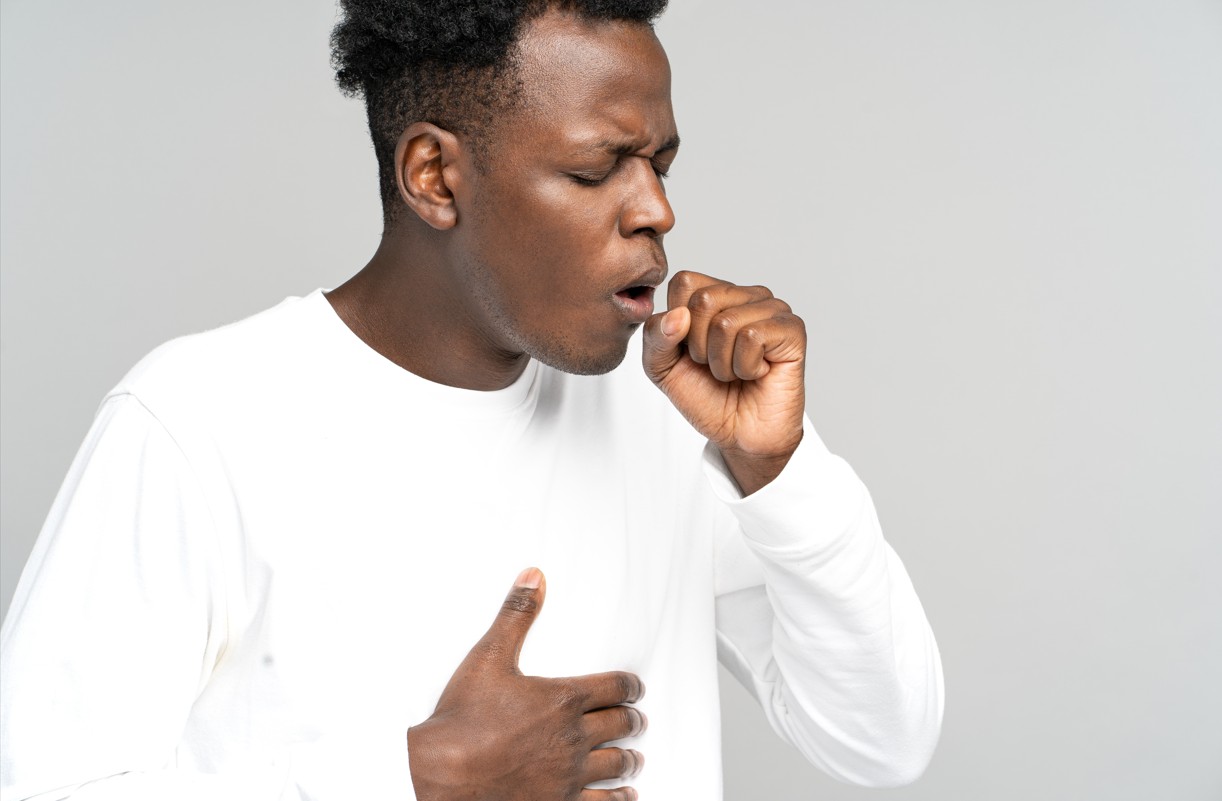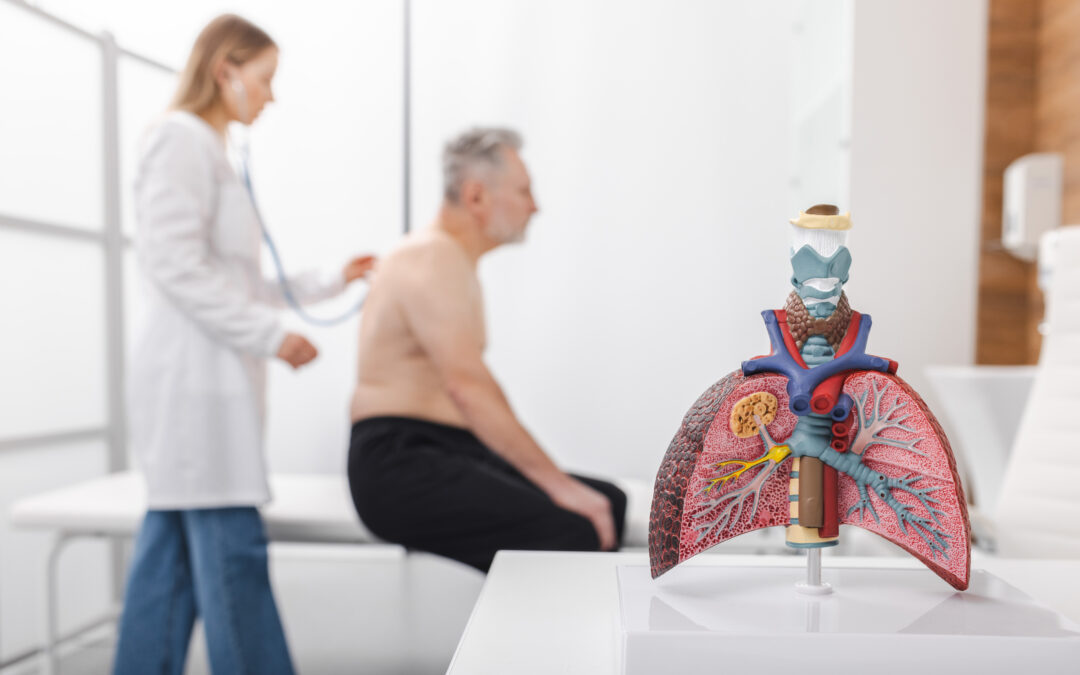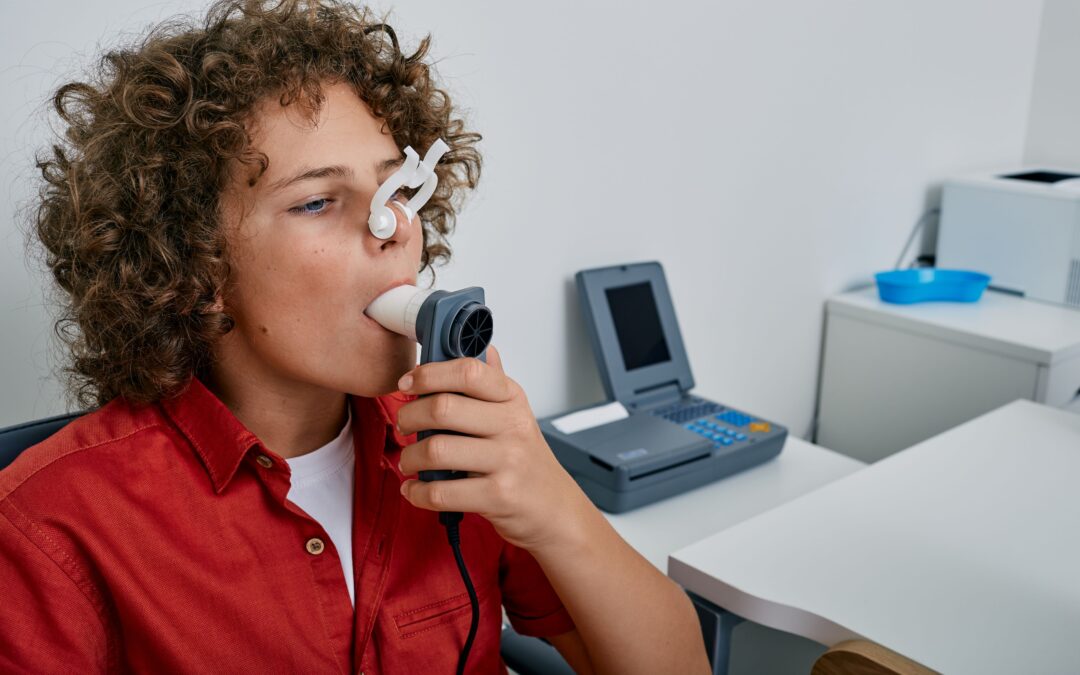The Neurological Connection to Cough

A cough is a crucial defensive reflex that prevents materials from entering the lower airways. This prevents aspiration of particulate matter, secretions, and irritants inhaled from entering the airway. Although protective, once infectious organisms enter the airway and establish infection (bronchitis, pneumonia), coughing itself can spread infectious respiratory diseases such as viral, bacterial, tuberculosis, and gram-negative bacteria. Besides infection, diseases like COPD, asthma, gastric esophageal reflux disease (GERD), and rhinosinusitis can cause a chronic cough.1 Chronic cough can be harmful and impact the patient’s quality of life.
What are the neuronal pathways that are activated in the cough reflex?
Bronchopulmonary C fibers and a subset of mechanically sensitive myelinated sensory fibers are essential in the cough reflex.2 The vagal nerve sensory fibers are in the larynx, trachea, carina, and large intrapulmonary bronchi.3 Sensory fibers along the chest wall, diaphragm, and abdominal musculature all work to regulate the coughing pattern.4
The brain reflex center for cough are vagal nerve fibers that terminate in the nucleus of the solitary tract in the dorsal medulla and paratrigeminal nucleus of the brainstem.5 These afferent nerve fibers activate a complex neural network, projecting to cortical and subcortical areas, which are responsible for the sensation and urge to cough.6
Elements of the cough reflex that involve the brainstem and higher control systems is very complex and not all worked out. There is a voluntary mechanism as well, in which humans can suppress the urge to cough and yet can cause spontaneous coughing. The primary cough sensory neurons are C fiber nociceptors located in the chest wall and large airways.7 C fibers are unmyelinated fibers along the bronchopulmonary vagal nerve afferent fibers.8 The bronchopulmonary afferent nerve subtypes can also be stimulated by peak inspiratory and expiratory flows, which stretch lung volumes.9 Cough can be suppressed by activation of cold-sensitive / menthol trigeminal fibers, which are in the upper airways and nose.10 Hypoxia, hypercapnia, and metabolic alkalemia can all suppress cough.11
The network of neurons in the ventral lateral medulla, raphe nuclei, and pons control the duration of inspiration and expiration.12 However, this network can be influenced by behavior and other neurological diseases. Chronic cough can be behavioral, as the patient perceives an irritant. There are neurological disease which can cause a chronic cough such as Multiple sclerosis, vagal neuropathy, Neuromyelitis optical spectrum, Arnold nerve–ear reflex, Vitamin B 12 deficiency, and diabetic neuropathy.
Coughing can be evoked by stimulation of a subset of bronchopulmonary fibers and mechanically sensitive subtypes of myelinated airway fibers mechanoresponsive. These fibers, located in the nasal pathways, pharynx, and esophagus. There is higher brain pathways and brainstem involvement.
Cough and chronic cough can be caused by a variety of neurological conditions which should be investigated further.
References
- Satia I, Badri H, Woodcock A. Towards understanding and managing chronic cough Clinical Medicine Vol16, Dec 2016 92-97
- Canning BJ, Chang AB, Bolser DC, McGavery L. Anatomy and Neurophysiology of Cough Chest , Sept 2014 1633-1648
- Irwin RS, Baumann, MH, Bolser et al. Diagnosis and management of cough executive summary . AACP evidence- based clinical practice guideline. Chest 2006:129
- Canning BJ, Chang AB, Bolser DC, McGavery L. Anatomy and Neurophysiology of Cough Chest , Sept 2014 1633-1648
- Haas RM, Benarroch EE. What are the Central Mechanisms of cough and Their Neurological Implications ? Neurology Nov 2024 103-106
- Satia I, Badri H, Woodcock A. Towards understanding and managing chronic cough Clinical Medicine Vol16, Dec 2016 92-97
- Canning BJ, Chang AB, Bolser DC, McGavery L. Anatomy and Neurophysiology of Cough Chest , Sept 2014 1633-1648
- Haas RM, Benarroch EE. What are the Central Mechanisms of cough and Their Neurological Implications ? Neurology Nov 2024 103-106
- Canning BJ, Chang AB, Bolser DC, McGavery L. Anatomy and Neurophysiology of Cough Chest , Sept 2014 1633-1648
- Satia I, Badri H, Woodcock A. Towards understanding and managing chronic cough Clinical Medicine Vol16, Dec 2016 92-97
- Canning BJ, Chang AB, Bolser DC, McGavery L. Anatomy and Neurophysiology of Cough Chest , Sept 2014 1633-1648
- Haas RM, Benarroch EE. What are the Central Mechanisms of cough and Their Neurological Implications ? Neurology Nov 2024 103-106
Author:James Taft, PA-C
Rhode Island Hospital Neuro ICU








